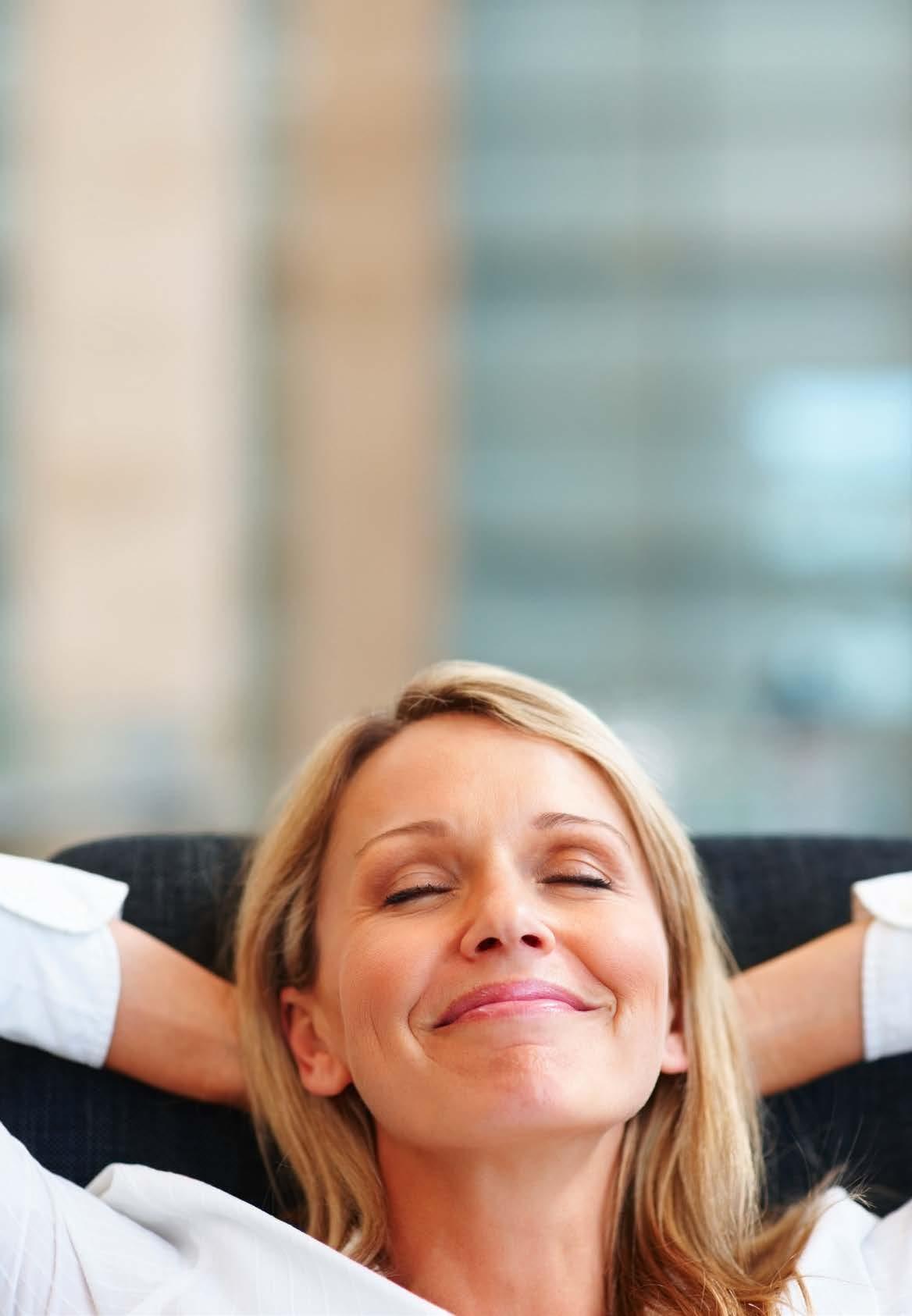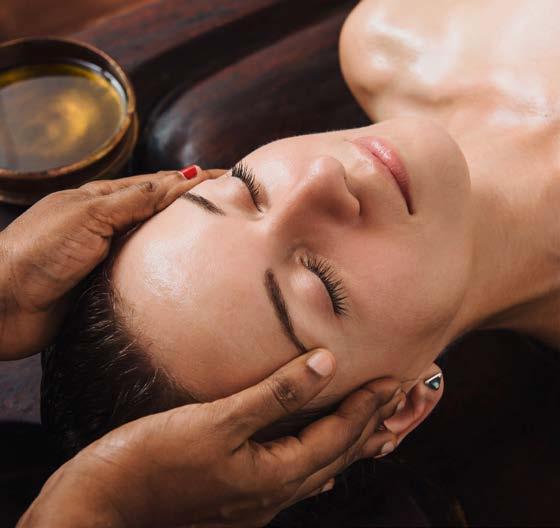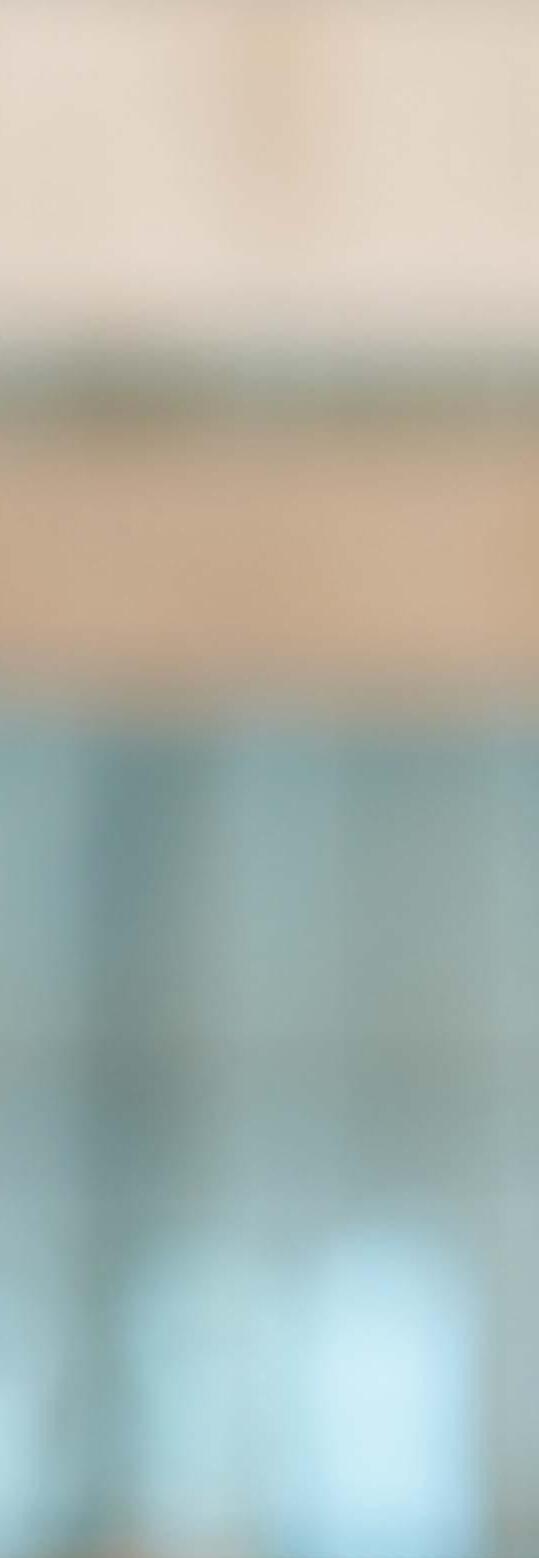
4 minute read
NasyaFinally breath free
By Wiebke Abel
Nasya in Ayurveda refers to the cleansing of the paranasal sinuses and the care of the nasal mucous membranes. It is one of the five forms of treatment of the classical ayurvedic panchakarma. This procedure uses oils, herbs, decoctions or smoke and herbal vapours. In the panchakarma therapy, nasya is mainly used to eliminate excess kapha in the form of mucus and a cold in the head area. Nasya oils can also be used for the daily care of the mucous membranes as part of an Ayurvedic daily routine outside of a panchakarma.
According to the Sushruta Samhita, which is one of the most important works of Ayurvedic medicine, the nasya, depending on whether the type of treatment is nourishing or purifying, promotes clarity of mind and beauty of the face and strengthens all the sensory organs. According to Ayurveda, nasya has an effect on all nerve connections above the collarbone. The nose is also considered the "gateway of the head". Many imbalances in the head area can be resolved by first treating the disturbed doshas with heat and massage and then removing them through the nose.

Types Of Nasya
There are five different types of nasya that are used as a part of an Ayurvedic treatment. In the first variation, the snehana nasya, medicated oils or ghees are placed in the nostrils, such as anu thailam, triphala ghee or simple ghee. This form of nasya can be given for all conditions. Depending on how many drops are given, the nasya can be gentle, medium or intense.
In the second variety, a decoction or juice is made from special plants which is then put into the nose in the form of droplets. This variation can be used particularly for nosebleeds (raktapitta) or unconsciousness in the case of an epileptic seizure.
In the third modification, herbal powder is inhaled through a pipe or blown into the nose. Alternatively, the powder can also be inhaled as a kind of snuff. Conditions for this modification are confusions of the mind, epilepsy and headaches caused by parasites. One possible herbal mixture for this consists of black pepper, ginger and cloves.
The fourth form is the inhalation of smoke through the nose. This smoke treatment can be given before the nasya, when kapha is in an acutely elevated state, or following a snehana nasya. Certain herbs such as pippali (long pepper) or vaca (calamus root) are placed on hot coals and the resulting smoke is inhaled. It is easier to smoke ready-made herbal cigarettes!
While the first four variations of nasya should only be performed under the supervision of a trained therapist, the last version can be performed alone and is used for daily care. For this, apply two drops of suitable oil on the mucous membrane of the nose with your finger.
This form of nasya can be performed by all constitutions up to twice a day. It is considered beneficial for health in all seasons and can be given from birth to death. Recommended for people on whom a more intensive nasya cannot be performed, such as for children, the weak, the elderly or very sensitive people.
The following indications and contraindications for treatment apply to the more intensive forms of nasya, which can only be performed as part of an ayurvedic treatment.

INDICATIONS
• Neck pain
• Toothache
• Lock jaw
• Sinusitis
• Chronic rhinitis
• Chronic fatigue
• Migraine
• Shoulder pain
• Sensitive teeth
• Eye diseases
• Headache, sore throat, earache
• Tinnitus
Contraindications include digestive disorders, cough, acute rhinitis, pregnancy, fatigue, children under seven and senior citizens over eighty years old. Consult an experienced therapist or doctor to find which form of nasya is most suitable for you.
HOW IS NASYA PERFORMED?
In my practice I always administer the snehana variant of nasya. At the beginning of the treatment an intensive head massage with oil (shiroabhyanga) is carried out to activate the kapha. The shoulders, the head and the face are massaged with a little oil. This is followed by inhalation with Ayurvedic herbs and application of warm and moist compresses. Depending on the constitution, a suitable amount of the medicated oil is then dropped into the nose. The mucus that is loosened is spat out through the mouth. The nose should not be blown until the treatment is finished, so that the oil can work for as long as possible. Finally, warm compresses are again applied to the face, followed by gargling with salt water to loosen further mucus.
After the treatment, it is important to rest sufficiently. A shower should only be taken after two to three hours and the head should always be covered when you go outside. Wind and strong sunlight should be avoided, as should prolonged reading, watching television, computer work or other mental exertions. A light and balanced diet is recommended to celebrate the success of the treatment.
Signs Of A Successful Application
• Lightness of mind
• Deep sleep and easy waking
• Reduction of problems
• Clarity in the senses and mind www.svasthya.de
If the problems are persistent, the treatment should be repeated up to seven times. Between the individual treatments, there should be a break of one to three days. Particularly in the case of chronic sinusitis it is advisable to perform a set of at least three nasya sessions.

If you have allergies, you should also plan several sessions and it is best to start treatment before the onset of the allergy season. Conventional medicine offers few solutions, apart from cortisone or surgery, for chronic complaints such as allergies, tinnitus or migraines. It is well worth trying out this alternative, which is intensive yet gentle in comparison.
Wiebke Abel is an anthropologist / indologist (M.A.). She works as a non-medical practitioner, Ayurveda consultant and therapist in Hamburg.











